Starting at about 28:00 in this video lecture on SSDs by Jisung Park of ETH Zürich, the reading of an individual cell is explained. The cell whose value we want to read is labelled "Target Cell" in this illustration (from the lecture):

Next, you apply voltage (6 volt in this example) to all the cells you do not want to read:

Why? Because that voltage makes those cells conduct electricity no matter whether their floating gate contains electrons or not. Or in the words of Jisung Park:
It means that the stored values in other cells cannot affect the state of the NAND string.
Now that the other cells are made temporarily irrelevant, we are able to specifically read the value of our target cell. Generally, we read a cell's state by applying a certain voltage (0 to 4 volts) to the cell's control gate. If there are no (or very few) electrons trapped in its floating gate, that voltage makes the cell conduct electricity from its source to its drain via a channel:

That figure is from "How Does Flash Memory Work? (SSD)" by BLITZ.
The cell's drain is indirectly connected to the bitline shown in the illustrations of the NAND string.
If the electrons in the channel are able to flow, it means there are no electrons in the floating gate. This is commonly interpreted as binary 1 in single-level cells.
On the other hand, if there are electrons in the floating gate, their magnetic field blocks electrons from flowing through the channel at that voltage (0 to 4 volts). That's binary 0.



